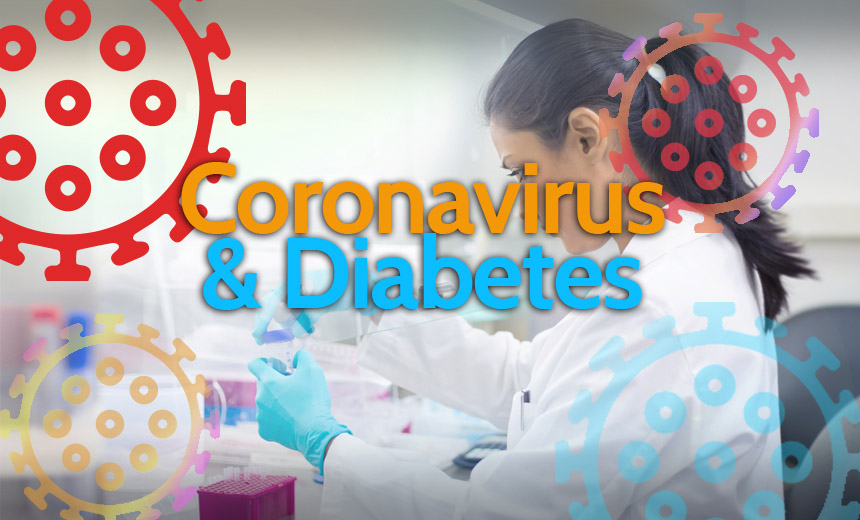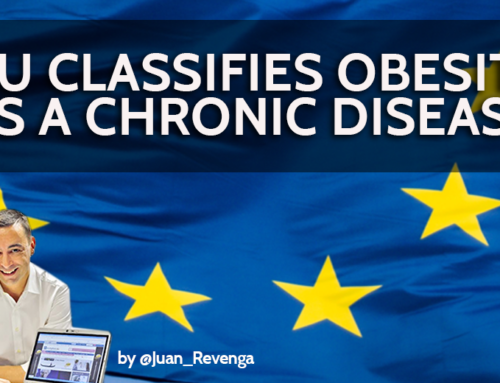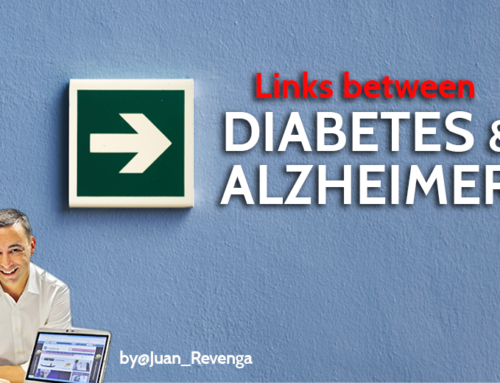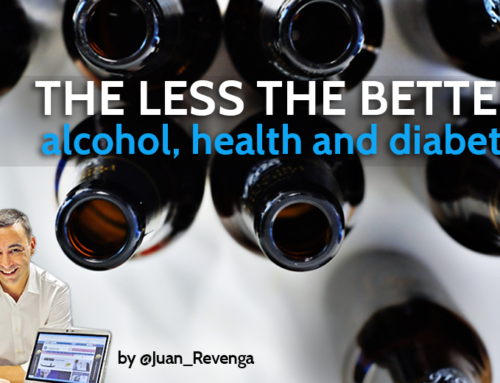Diabetes and coronavirus: guidelines
The coronavirus or COVID-19 is ravaging the planet. Both the new virus and the disease were unknown before the outbreak in Wuhan, China, in December 2019.
A recent publication with the mortality data of the first patients has shown that people with diabetes may have more serious complications when infected.
How does contagion occur?
People can get COVID-19 from contact with another person who is infected with the virus. When an infected person coughs or breathes out, it can be spread by the tiny drops that are released from the nose or mouth. Other people can get VID-19 by touching impregnated objects or surfaces and then touching their eyes, nose, or mouth. They can also get it if they inhale the tiny drops spread by a person with COVID-19 when they cough or breathe out. It is important to stay more than 3 feet away from a sick person..
What are the symptoms?
Flu-like symptoms: fever, cough, shortness of breath, tiredness and muscle aches Breathing problems occur when the infection affects the lungs and causes pneumonia. In most cases, symptoms appear three to seven days after exposure to the virus, although the incubation period can be as long as 14 days.
Are people with diabetes more vulnerable to COVID-19?
People with diabetes are no more at risk than other groups for infection but may be more vulnerable to becoming seriously ill from COVID-19 (just like getting the flu) because their immune system has fewer defenses. Other groups at risk for severe complications are the elderly and those with medical conditions such as high blood pressure and heart disease.
Last March 2020 The Lancet* analyzed data from patients with higher mortality showing increased risk in people with hypertension and diabetes *Fang et Al. The Lancet respiratory https://doi.org/10.1016/S2213-2600(20)30116-8.
Fluctuations in glucose levels compromise the immune system and make the viral infection more difficult to treat.
The virus has a tendency to progress in an environment of high blood glucose. This, coupled with the complications of diabetes, makes it difficult to fight the virus and probably leads to a longer recovery period.
Guidelines for people with diabetes dealing with COVID-19
People with diabetes is a risk group that can prepare before infection in addition to all preventive measures with a number of tips.
People with diabetes can prepare for the coronavirus by staying strong. The main goal for a diabetic is to keep blood glucose values in the normal range.
Also follow a nutritionally rich, protein-rich diet. Protein promotes normoglycemia.
Mirella G. Zulueta, Patia´s Medical Director.
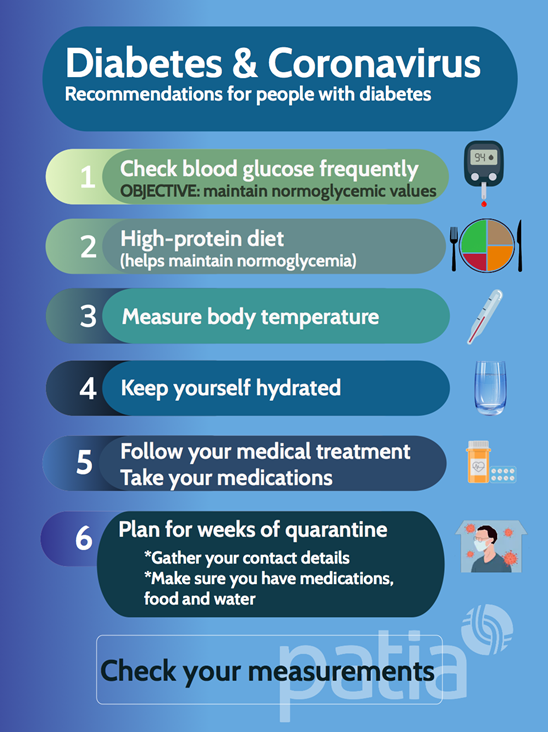
It is very important to consult a health professional if you have flu-like symptoms (high temperature, tiredness, coughing, difficulty breathing). If the cough is accompanied by phlegm, it may indicate an infection, so medical assistance and treatment should be required immediately.
Any infection raises glucose levels and increases fluid needs.
Latest posts by PATIA Diabetes (see all)
- Coronavirus y Diabetes: guidelines - 27 March, 2020
- Interview with Jaakko Tuomilehto: the key role of genetics in prevention of type 2 diabetes - 28 April, 2017
- Type 2 diabetes, hypertension and kidney disease - 10 April, 2017



